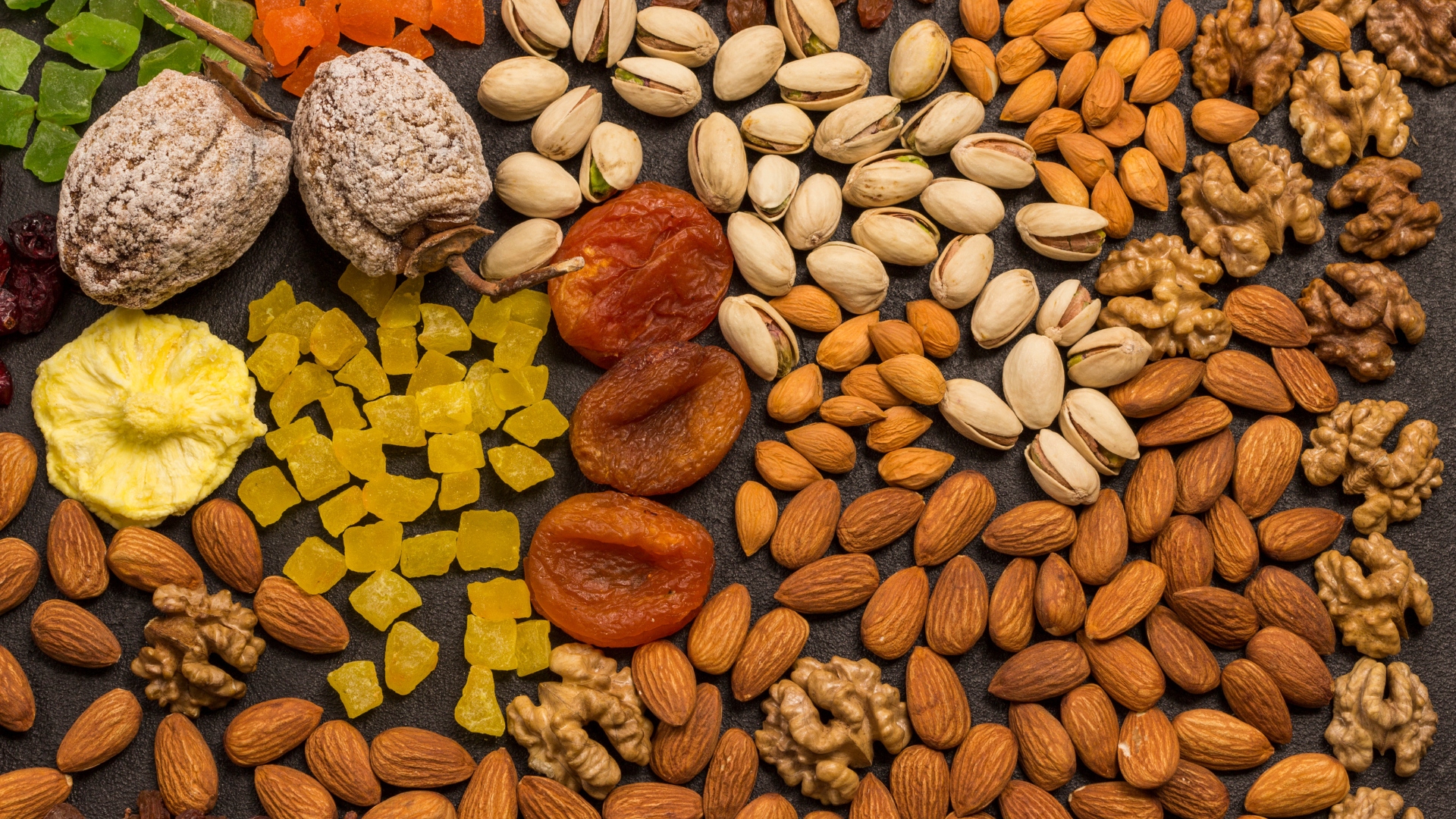
Living with diabetes doesn’t mean you have to give up on tasty and nutritious snacks. Dry fruits, when chosen wisely and eaten in moderation, can be incredibly beneficial for diabetic patients. They are packed with essential nutrients, fiber, healthy fats, and natural sugars that release energy slowly—making them ideal for maintaining blood sugar levels.
But not all dry fruits are created equal. In this article, we will explore the best dry fruits for diabetic patients, their nutritional benefits, and tips for safe consumption.
Table of Contents
Why Dry Fruits Can Be Good for Diabetes
Dry fruits are rich in fiber, antioxidants, vitamins, and minerals. They have a low to moderate glycemic index (GI), which means they don’t cause a rapid spike in blood sugar levels. Some dry fruits even help improve insulin sensitivity and manage cholesterol—two critical factors for diabetics.
The key is portion control and choosing the right types of dry fruits.
Best Dry Fruits for Diabetic Patients
Here’s a list of the most diabetes-friendly dry fruits along with their health benefits:1. Almonds (Badam)
Benefits:
-
Low in carbs and high in fiber
-
Rich in magnesium, which helps regulate blood sugar
-
Supports heart health by lowering LDL (bad cholesterol)
Tip: Eat 5–6 unsalted almonds daily as a snack or add to breakfast.
2. Walnuts (Akhrot)
Benefits:
-
Contain omega-3 fatty acids which improve insulin function
-
Help reduce inflammation and support heart health
-
Low glycemic load
Tip: 2–3 walnut halves per day are enough for maximum benefit.
3. Pistachios (Pista)
Benefits:
-
High in protein and fiber
-
May help lower blood sugar and improve cholesterol levels
-
Promote fullness, aiding weight management
Tip: Choose unsalted pistachios, and stick to 10–15 a day.
4. Cashews (Kaju)
Benefits:
-
Contain healthy fats and magnesium
-
Help maintain cholesterol and support metabolic function
-
Low glycemic index
Tip: Limit to 4–5 cashews due to slightly higher carb content.
5. Hazelnuts
Benefits:
-
Rich in antioxidants and healthy fats
-
Promote heart health and help manage blood sugar
-
Support brain function
Tip: Great in small amounts—4–5 hazelnuts are a healthy option.
6. Peanuts
Benefits:
-
High in protein and fiber
-
Help in appetite control and regulate blood sugar
-
Low-cost and accessible
Tip: Enjoy a handful of plain roasted peanuts—not the salted or sugar-coated ones.
Dry Fruits to Consume with Caution
Some dry fruits are naturally high in sugar or have added sugars, making them risky for diabetics if eaten in excess.
Avoid or strictly limit:
-
Raisins (kishmish)
-
Dates (khajoor)
-
Figs (anjeer)
-
Dried mango, pineapple, or cranberries with added sugar
These can cause blood sugar spikes if not eaten in very small quantities and under medical guidance.
Focus on Whole, Unsweetened Dry Fruits
Always choose raw, unflavored, and unsweetened versions of dry fruits. Avoid:
-
Candied versions
-
Salted, fried, or honey-roasted nuts
-
Sugar-coated dried fruits
When and How to Eat Dry Fruits with Diabetes
-
Best time to eat: Mid-morning or as an evening snack
-
Pair with protein: Mix nuts with Greek yogurt or seeds for better glucose control
-
Watch the portion: A small handful (20–30 grams) per day is generally safe
Dry fruits can be a healthy part of a diabetic’s diet—if chosen wisely and eaten in moderation. They provide a steady source of energy, curb hunger, and supply vital nutrients that support overall health.
However, it’s essential to consult your doctor or dietitian before making major changes to your diet, especially if you’re on medication for blood sugar control.


